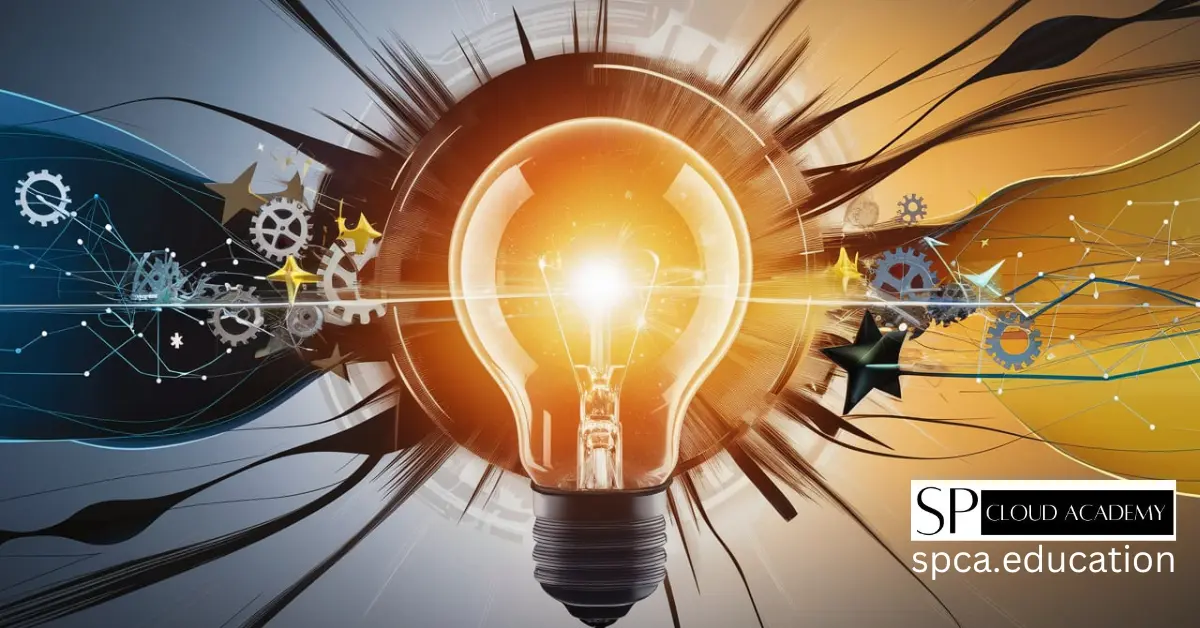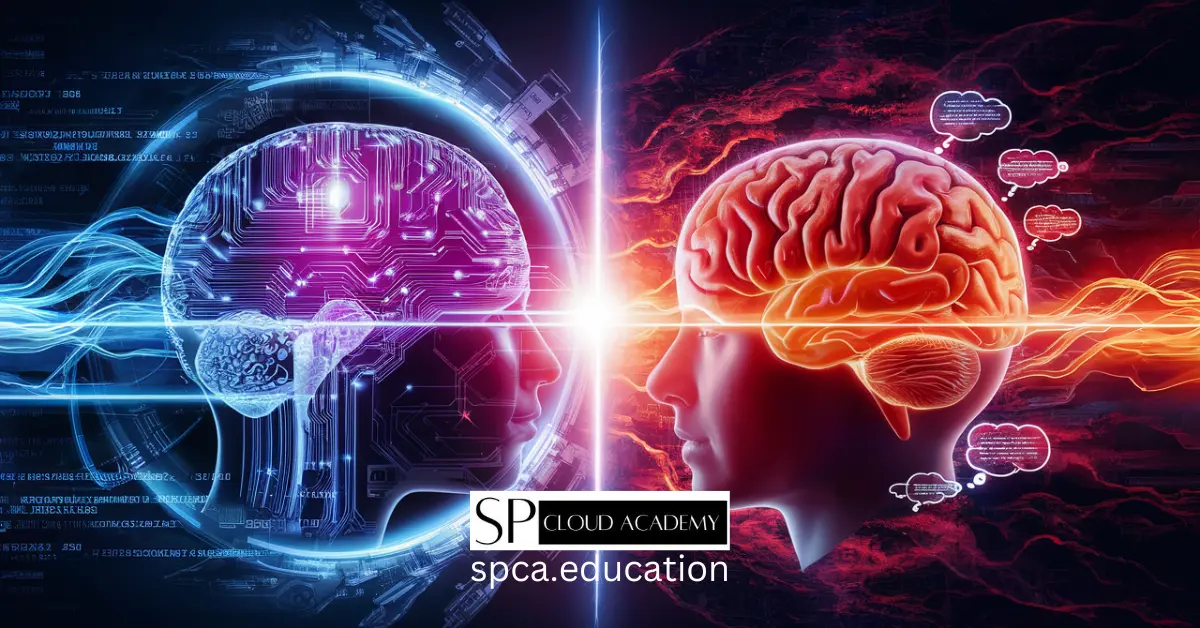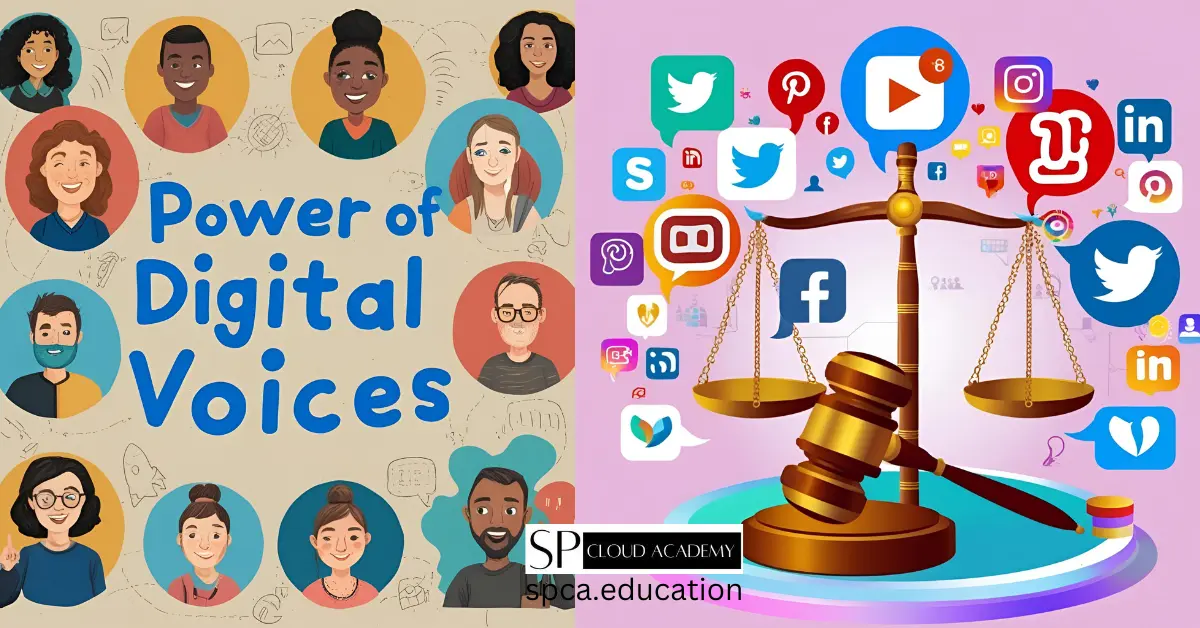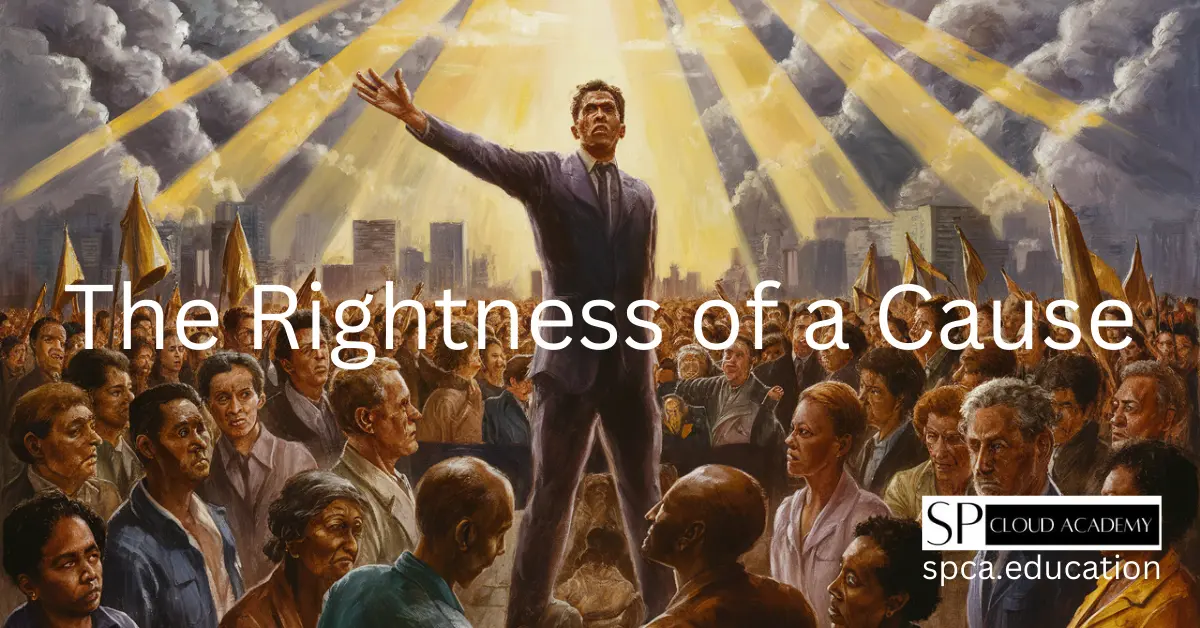Introduction
In today’s interconnected world, social media has become more than just a platform for sharing selfies or connecting with friends—it’s a transformative force reshaping how we live, communicate, and govern. Imagine a world where your voice can instantly reach decision-makers, where transparency isn’t just a buzzword but a lived reality, and where governments are held accountable in real time. This isn’t a distant dream; it’s the revolution sparked by the power of digital voices. With billions of users worldwide, platforms like Twitter, Facebook, and Instagram are amplifying citizen engagement, fostering transparency, and enhancing accountability in governance. This article dives deep into how social media is revolutionizing good governance, exploring its impact, real-world examples, challenges, and the exciting future ahead.
The rise of digital democracy has turned social media into a megaphone for the masses, enabling ordinary people to influence policies, demand justice, and participate in decision-making like never before. Whether it’s a tweet exposing corruption or a viral campaign pushing for change, social media empowers citizens to hold governments to higher standards. But how exactly does this happen? How does a simple post translate into better governance? In the following sections, we’ll unpack the social media revolution, define good governance, and explore its key pillars—transparency, accountability, and participation—while showcasing success stories and addressing potential pitfalls. By the end, you’ll see why digital voices are not just shaping public opinion but redefining the very essence of modern governance. Let’s embark on this journey to understand how social media is paving the way for a more inclusive, responsive, and democratic society.
The Rise of Social Media
Social media’s explosive growth has made it a cornerstone of modern life, and its influence on governance is undeniable. Since the launch of Facebook in 2004, the digital landscape has evolved rapidly. By 2023, over 4.6 billion people—more than half the world’s population—are active social media users, according to Statista. Platforms like Twitter (with over 400 million users), Instagram (over 1 billion), and TikTok (a rising star with youthful appeal) have turned social media into a global phenomenon. This isn’t just about numbers; it’s about the power these platforms wield in shaping society and public discourse.
Initially designed to connect people, social media has morphed into a hub for news, activism, and citizen engagement. Today, many rely on platforms like Twitter for real-time updates rather than traditional news outlets. The average person spends about 2.5 hours daily on social media, making it a prime space for sharing ideas and mobilizing action. Take the Arab Spring of 2011, for instance—protesters used Facebook and Twitter to organize rallies and spread their message, leading to political upheaval across the Middle East. Similarly, movements like #BlackLivesMatter and #MeToo have harnessed social media to amplify marginalized voices and drive societal change.
For governance, social media’s role is transformative. Governments now use it to communicate directly with citizens, bypassing traditional media filters. During the COVID-19 pandemic, agencies worldwide posted updates, guidelines, and debunked myths on platforms like Twitter, reaching millions instantly. Citizens, in turn, use social media to voice concerns, report issues, and demand accountability—think of a pothole complaint going viral and prompting swift action. The immediacy of this two-way communication is a game-changer, fostering a more responsive government-citizen relationship.
Yet, this rise isn’t without challenges. The spread of misinformation, privacy concerns, and unequal access (the digital divide) complicate its impact. Still, social media’s ability to democratize information and empower digital voices makes it a vital tool for good governance. As we explore further, you’ll see how it’s redefining transparency and participation in ways we couldn’t have imagined a decade ago.
Understanding Good Governance
Before diving into how social media transforms governance, let’s clarify what good governance means. At its core, good governance is about managing power and resources in a way that’s fair, effective, and responsive to citizens’ needs. It’s built on key principles: transparency, accountability, participation, rule of law, effectiveness, and equity. These aren’t just buzzwords—they’re the foundation of a system that serves its people well.
Transparency ensures that government actions and decisions are open to scrutiny. Citizens should know how policies are made and how public funds are spent. Accountability means those in power answer for their actions—whether through elections, audits, or public feedback. Participation is about involving citizens in decision-making, ensuring their voices shape the policies that affect them. The rule of law upholds fairness and protects rights, while effectiveness focuses on delivering results efficiently. Finally, equity ensures inclusivity, giving everyone—regardless of background—access to opportunities and services.
In the digital age, e-governance—using technology to enhance these principles—has become a key player. Social media fits right into this framework, acting as a bridge between governments and citizens. For instance, posting a budget breakdown on Facebook boosts transparency. Responding to citizen complaints on Twitter demonstrates accountability. Hosting a live Q&A on Instagram invites participation. It’s not just about flashy tech—it’s about making governance more accessible and human.
Consider a real-world example: many governments now share open data online, from crime statistics to infrastructure spending. Social media amplifies this by spreading the word quickly and inviting feedback. But good governance isn’t automatic—it requires intent. Technology like social media is a tool, not a magic fix. If misused, it can amplify propaganda or exclude those without internet access. When wielded thoughtfully, though, it strengthens the values that define good governance, setting the stage for the revolution we’re witnessing today. Next, we’ll explore how social media brings these principles to life.
Social Media and Good Governance
Social media isn’t just changing governance—it’s revolutionizing it by supercharging transparency, accountability, and citizen participation. Let’s break it down.
Transparency
Transparency is the heartbeat of good governance, and social media pumps it full of energy. Governments can now share information directly with citizens, cutting through the slow, filtered channels of traditional media. Official accounts on platforms like Twitter or Facebook post updates on policies, budgets, and projects in real time. For example, during the 2020 U.S. Census, agencies used social media to explain the process, share progress, and encourage participation—making the effort visible and accessible.
But it’s not just top-down. Social media empowers citizen journalism, where everyday people report what they see. A video of a polluted river posted on Instagram can spark outrage and prompt an investigation faster than a newspaper exposé. In India, citizens have used Twitter to highlight illegal construction, forcing authorities to act. This bottom-up transparency keeps governments on their toes, knowing their actions are under constant watch.
Social media also excels in emergencies. During natural disasters like Hurricane Sandy in 2012, agencies shared evacuation routes and shelter locations on Twitter, while citizens posted updates from affected areas. This two-way flow creates a fuller picture, enhancing open government. Some cities even livestream council meetings on YouTube, letting residents see democracy in action without leaving home.
Yet, transparency hinges on trust. Governments must ensure posts are accurate—missteps can fuel distrust. Citizens, too, must sift through noise; a viral post doesn’t always mean truth. Still, when done right, social media turns transparency from a promise into a practice, making governance more open and accountable.
Accountability
Holding power to account is tougher without a megaphone, and social media hands citizens a big one. When something’s wrong—a neglected road, a corrupt official—people can post about it, tag authorities, and watch it snowball. Take the #FixIt campaigns in cities like Bangalore, India: residents share photos of potholes or garbage piles, pressuring officials to respond. Often, they do—because no one wants a PR headache.
This real-time scrutiny is powerful. When a government promises clean water on Twitter, citizens can track progress and call out delays. During the Flint water crisis, social media posts from residents amplified the issue, forcing national attention and action. Hashtags like #WhereIsTheMoney have exposed budget mismanagement, making officials answerable in public forums they can’t ignore.
Governments also use social media proactively for accountability. Many police departments, like the NYPD, post crime updates and respond to queries on Twitter, showing they’re listening. In the Philippines, the government’s Task Force Build Back Better used Facebook to report post-typhoon rebuilding efforts, detailing funds spent and projects completed.
Challenges exist, though. The flood of feedback can overwhelm agencies, and not every complaint is fair—trolls and misinformation muddy the waters. Governments need robust systems to filter and address legitimate concerns. Still, social media’s ability to shine a spotlight on governance makes it a vital tool for accountability, ensuring power doesn’t operate in the dark.
Participation
Participation is where social media truly shines, breaking down barriers to citizen engagement. Traditional methods—town halls, petitions—require time and access not everyone has. Social media flips that script, letting anyone with a smartphone join the conversation. Governments can crowdsource ideas, like India’s MyGov platform, which uses social media to gather input on policies from millions. During the Swachh Bharat campaign, citizens posted cleanup efforts, turning a policy into a movement.
Virtual consultations are another win. A city planning a park might post designs on Instagram, asking, “What do you think?” Residents comment, vote, or suggest tweaks—all without leaving home. Tools like SeeClickFix let people report broken streetlights or graffiti, linking directly to local fixes. This isn’t passive feedback; it’s active collaboration.
Social media also mobilizes. In 2020, youth used TikTok to rally for climate action, pressuring governments ahead of global summits. It’s not just noise—governments notice when hashtags trend. Yet, participation must be meaningful. If feedback is ignored, trust erodes. Echo chambers are a risk, too—algorithms can amplify loud voices while silencing others.
Still, social media’s reach and ease make it a cornerstone of digital democracy, turning citizens from spectators into players in good governance.
Case Studies
Real-world examples show how social media turns theory into action. Here are three standout cases.
India’s MyGov Platform
Launched in 2014, MyGov is India’s flagship citizen engagement platform, heavily integrated with social media. It invites citizens to share ideas, vote on policies, and join campaigns like Swachh Bharat (Clean India). With over 25 million registered users by 2023, it’s a powerhouse of digital voices. During the COVID-19 pandemic, MyGov used Twitter and Facebook to share vaccine updates and collect feedback on lockdown measures, influencing real-time policy tweaks.
The platform’s success lies in its interactivity. Citizens propose innovations—like apps for rural healthcare—that sometimes become reality. Social media amplifies this, with posts showcasing local cleanup drives or health camps, inspiring others to join. It’s a model of participation and transparency, proving social media can bridge the government-citizen gap.
Estonia’s E-Governance and Social Media
Estonia, a digital pioneer, blends e-governance with social media to enhance good governance. Known for its e-residency program—allowing global citizens to start businesses online—Estonia uses Twitter and LinkedIn to promote it, answering queries and sharing success stories. With 99% of public services online, social media complements this by keeping citizens informed and engaged.
During elections, officials use Facebook to explain e-voting, boosting trust and turnout. Social media also supports transparency, with agencies posting budget breakdowns or project updates. While not the sole tool, it’s a vital layer in Estonia’s digital ecosystem, showing how digital voices can strengthen a tech-savvy government.
Disaster Management: Hurricane Harvey
In 2017, Hurricane Harvey hit Texas, and social media became a lifeline. Citizens used Twitter to post SOS messages—“Flooded on Main St., need rescue”—while volunteers coordinated aid via Facebook groups. The U.S. Coast Guard and FEMA tweeted updates, maps, and hotline numbers, reaching millions instantly.
This wasn’t just chaos; it was collaboration. Posts geotagged flooded areas, guiding responders where phones failed. It showcased transparency (real-time info), accountability (agencies responding publicly), and participation (citizens as active helpers). Challenges like misinformation arose, but the impact was undeniable—social media saved lives and shaped recovery.
Challenges and Limitations
Social media’s benefits come with hurdles. The digital divide is a big one—over 2.7 billion people lack internet access, per the UN, often in rural or poor areas. This excludes them from digital governance, skewing participation toward urban, connected groups. Governments must bridge this gap with infrastructure and education.
Misinformation is another beast. Fake news—like false vaccine claims during COVID-19—spreads fast, eroding trust. Governments can counter this with fact-checking units, as the UK did with its Rapid Response Unit, but it’s an uphill battle. Citizens need digital literacy to spot truth from trash.
Privacy is a hot potato. Governments analyzing social media data—like sentiment during protests—can improve services but risk overreach. Clear laws, like the EU’s GDPR, are crucial to protect digital voices without stifling them.
Then there’s the PR tightrope. Viral criticism can spiral, forcing rushed responses. During Australia’s 2019 bushfires, officials faced flak on Twitter for slow action—some fair, some not. Managing this takes skill and resources many lack.
Finally, polarization looms. Algorithms create echo chambers, amplifying divisive views over consensus. This can fragment citizen engagement, making governance trickier. Solutions lie in fostering dialogue and reaching underserved voices, not just the loudest.
The Future of Digital Voices in Governance
The future of social media in governance is bright—and bold. Artificial intelligence could analyze trends, predicting needs like traffic fixes before complaints pile up. Imagine AI spotting a spike in pothole posts and alerting city planners—proactive, not reactive.
Blockchain might secure digital voting or budget tracking, linked to social media for updates, boosting transparency. Decentralized platforms like Mastodon could dodge Big Tech’s privacy pitfalls, giving users control and trust.
Virtual reality paired with social media might host 3D town halls, immersing citizens in policy debates. As Gen Z—digital natives—grows up, their fluency will push citizen engagement further. Global collaboration could rise, too—think climate activists swapping tactics across borders via TikTok.
But risks evolve. Deepfakes and cyber threats could distort digital voices, demanding sharper defenses. Digital literacy will be key, ensuring all can join this future. If balanced well, social media could make governance a global, inclusive dance of transparency and participation.
Conclusion
Social media has ignited a revolution in good governance, turning digital voices into agents of change. By boosting transparency, accountability, and participation, it’s making governments more open and responsive. From India’s MyGov sparking citizen input to Hurricane Harvey’s rescue tweets, the evidence is clear: social media matters. Yet, the digital divide, misinformation, and privacy challenges remind us it’s not flawless. Addressing these ensures the revolution benefits all, not just the connected few.
Looking ahead, technology like AI and blockchain promises to deepen this impact, making governance smarter and more inclusive. The power lies not just in the tools but in how we wield them—citizens pushing for justice, governments listening and acting. This isn’t the end; it’s the start of a digital democracy where every voice can shape a better world. Let’s keep the conversation alive and the revolution rolling.
See Also
-

The Ultimate Guide to Brainstorming: How to Turn Any Idea into Gold
-

Equality or Equity? The Hidden Key to Truly Inclusive Classrooms
-

From Trend to Transformation: The Rise of Paradigm in Modern Life
-

AI vs. The Mind: The Ultimate Battle Between Machine and Thought
-

Make Money While You Sleep: The Ultimate Guide to AI-Powered Passive Income
-

Virtual Citizenship Explained: Are You Ready to Be a Digital Nation’s Citizen?
-

AI for Transparency: The Secret Weapon Behind Modern Good Governance
-

How Social Media is Revolutionizing Good Governance: The Power of Digital Voices
-

Moral Compass: Understanding the Rightness of a Cause in Modern Society